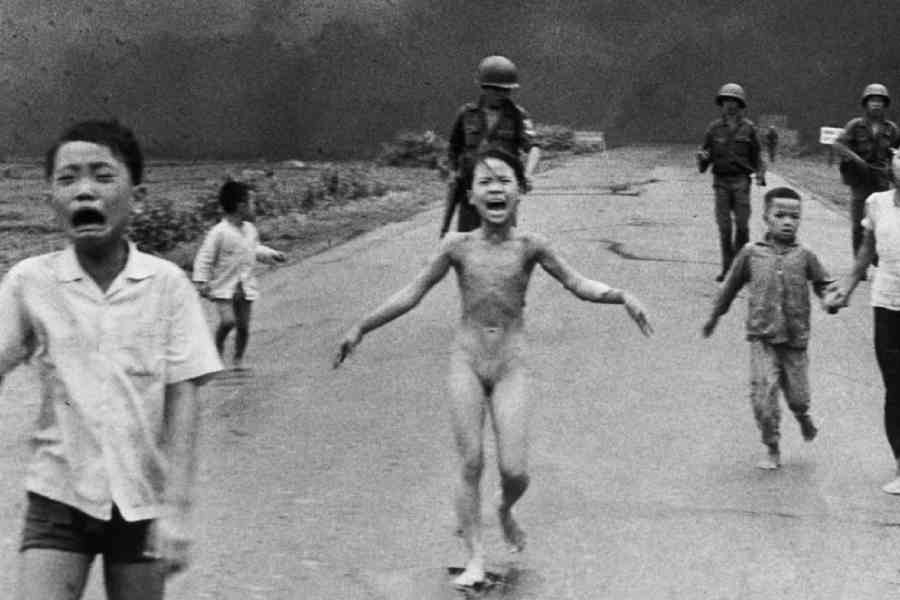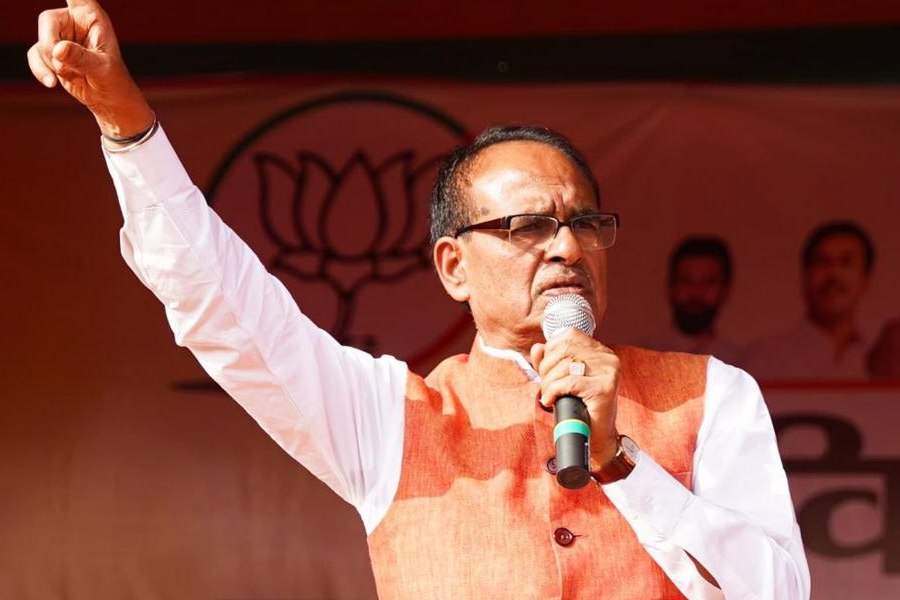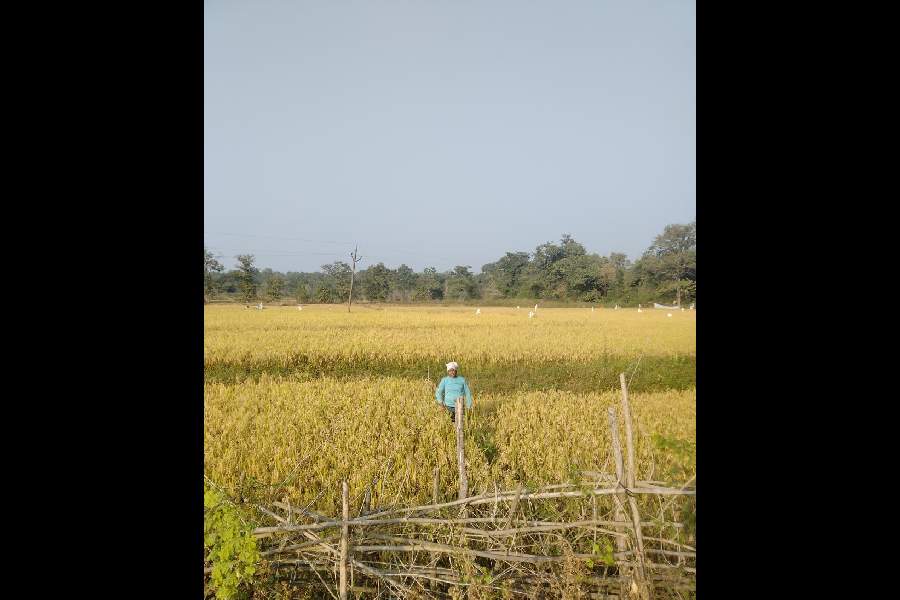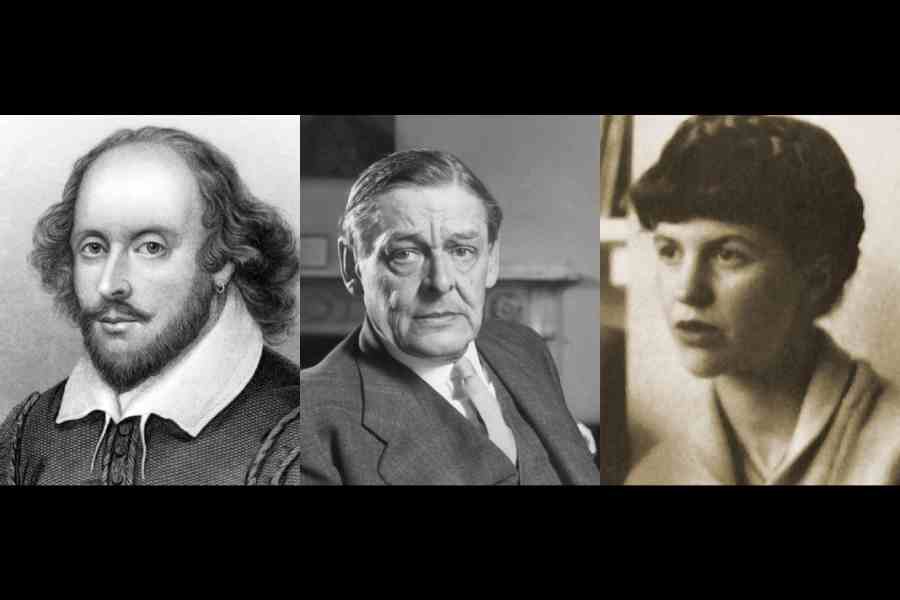The strawberry ice cream for sale by the ticket booth seemed out of place at the museum to the My Lai massacre, one of America’s most ghastly crimes of war. The parking lot held a single car. Only a wide sign near the entrance explained the significance of the location.
It showed a map of the area as it looked on the morning of March 16, 1968, when a company of American soldiers showed up and killed more than 500 women, children and older men, raping girls, mutilating bodies and burning homes with families still inside.
One of the massacre’s survivors, Nguyen Hong Mang, would tell me later that he had met the soldiers with a smile, shouting, “Welcome, Americans!” He was 14.
Minutes later, he and his family and neighbours were being lined up and shot, crumpling into a pile of the dead and nearly dead.
Retelling such horrors, to visiting strangers and with a museum right where you live, takes a special kind of courage. Most war memorials in Vietnam focus on revolutionary heroes. My Lai is pure tragedy. And the way the affected hamlets deal with one of the war’s worst atrocities says a lot about how to honour trauma without becoming defined by its scars.
Over two days in Son My, the village 152km south of Danang that includes My Lai and other rural hamlets, I was often struck by efforts to treat hatred like a virus, to suppress its power, to avoid passing it on or letting it grow.
The map locates the hamlet of My Lai, home to the Son My Memorial. It is southeast of Danang, on the eastern coast of Vietnam.
Five decades ago, weary American soldiers angry about recently killed colleagues took out their murderous frustration on helpless villagers. This year, the most bloodthirsty platoon commander, William L. Calley Jr., who was convicted of killing at least 22 people, died, spurring obituaries and bouts of reflection in the US.
Yet survivors in the village mostly did not even know he was dead; instead, they spoke of those who did not kill, or who tried to stop the slaughter.
My experience of such generosity began with a museum video offering only a brief mention of Lieutenant Calley. It noted that while 25 soldiers were charged with murder, only he was found guilty, with a sentence that amounted to house arrest for a little more than three years.
The video mostly featured the museum’s director, Pham Thanh Cong, another survivor, meeting an American soldier involved in the massacre, and staying calm.
A second video, in Vietnamese, was even more magnanimous. A narrator highlighted a handful of humane soldiers: one who intentionally shot himself in the leg to avoid taking part in the violence, a helicopter crew that eventually intervened to stop the killing.
On the way out, I flipped through a book of visitors’ comments.
“That Calley is free, that no one paid, is all wrong,” wrote an American from Seattle in 2003.
A few pages later, a Vietnamese official, Nguyen Dang Vang, described the village’s resilience as “an inspiration for future generations”, barely mentioning the US.
It was the sign of a resilient nation — Vietnam often tops Gallup’s ranking of the most optimistic countries — eager to seek prosperity with past enemies.
“One of the first things that many Americans notice when they go to Vietnam is that Americans are not just welcomed, not just tolerated — there is genuine enthusiasm,” said Edward Miller, a historian of modern Vietnam at Dartmouth.
In part, he noted, that is because the war’s atrocities have been countered by time. More than half of Vietnam’s population was born after the conflict ended. Many Vietnamese also hold fast to an idealised version of the US, shaped by relatives who moved there.
But Americans tend to oversimplify Vietnamese goodwill. In the streets around the museum, forgetting was impossible, forgiveness earned.
At a one-story house just beyond the museum’s outer walls, two greying women were chatting outside. Pham Thi Tuong, 64, was just a young girl when the Americans landed. She and her family had hid near where she was sitting, in an underground shelter, shaking with fear at the sound of helicopters, screams and bone-shattering gunfire.
“When I finally got out of the shelter around noon, there were so many dead bodies,” Tuong said. “I was so small I didn’t know what to think.”
Her friend, Truong Thi Son, 67, said her husband’s family was killed.
“I carried a lot of hatred for a long time,” she said.
And now?
“So many people go to the US to study, and so many Americans come here,” Son said. “If we feel hatred now, what’s the use? There’s no use for hatred.”
Upon hearing that Lieutenant Calley had died, Son felt neither relief nor anything else: He did not deserve a second of her attention. Tuong longed for accountability.
“It was so brutal,” she said. “They destroyed everything. They burned the houses, the banana trees, the animals.”
She suggested we keep going, past the rice fields, to see Mang, the one who had shouted, “Welcome, Americans!” He was 71 now, a farmer who raised cows and coconuts.
He guided us into his kitchen, where new tiles with white flowers brightened the walls.
“I don’t like to talk toooften about what happened because it touches old wounds and the hatred that we once had,” he said.
Deep wrinkles encircled his eyes.
“I survived because the Americans shooting everyone ran out of bullets,” he said.
For nearly an hour, he recounted a day that seemed to never end as he hid under bodies seeping blood, so much blood, he said, “it was like pouring water from a bottle”.
At one point, I tried to shift the conversation, to give him an off-ramp. He insisted on continuing. His voice rose — “they killed pregnant women, small children, I will not forget” — as if wanting the world to hear.
By the end, as his tears dried, he landed where the museum tried to guide people: to a place where remembering was vital but rage was not.
He and his neighbours, like Tran Thi Diep, 67, who smiled as she greeted her grandson returning from school to a new home with white marble floors, had worked tirelessly to break the cycle of darkness, to put children through universities.
“I sold pigs and rice,” she said.
Her son was now an electrical engineer at a nearby factory. She envisioned a time when My Lai would mean more than horror.
“I want everyone to remember the pain, the brutality, the blood and bone — the losses,” she said. “But I also want this village to be known for transformation, for moving from hardship to prosperity.”
The museum has also evolved. It started out with grisly photographs. A more recent design features a diorama of armed Americans looming over villagers — still frightening, but less graphic.
The longtime director, Cong, 67, the only survivor in his family after an American soldier threw a grenade where they were hiding, said the museum existed to remind people what happened “and to cherish and protect peace”. He approved the cooler of ice cream.
He said he had been touched by what he had witnessed over the years, especially when a few remorseful American soldiers returned and spent hours on their knees, repenting.
Lieutenant Calley was not among them.
“I always kept the door open, welcoming him to return,” Cong said. “Now he is gone. I am not angry.”
In the museum’s gardens, mud footpaths between rows of reconstructed thatched-roof huts have been turned into concrete showing bike tracks, footprints and the distinctive marks of American military boots.
It made me think of young Vietnamese fleeing young Americans. Much of Vietnam now wants to imagine them walking together.
New York Times News Service











